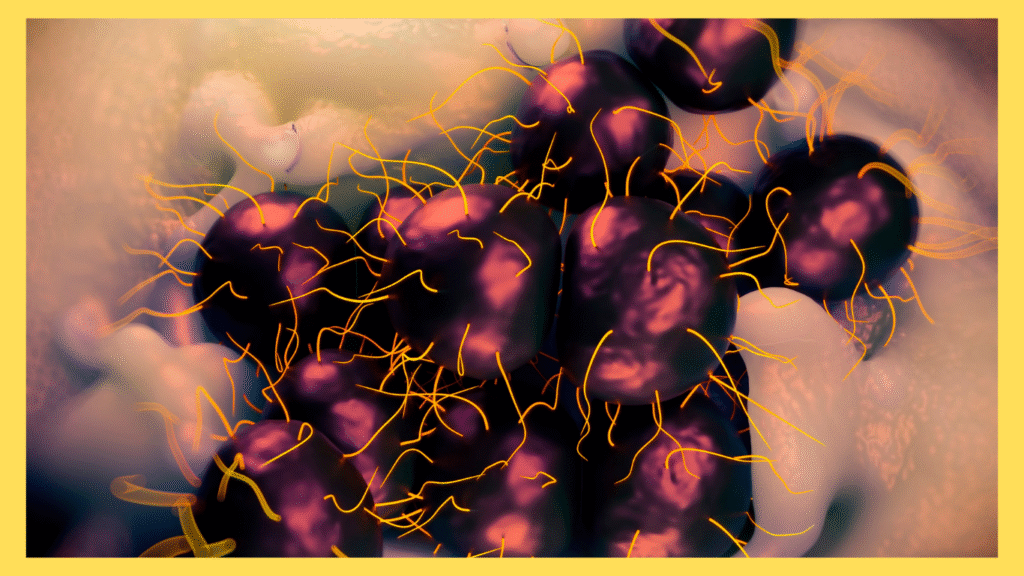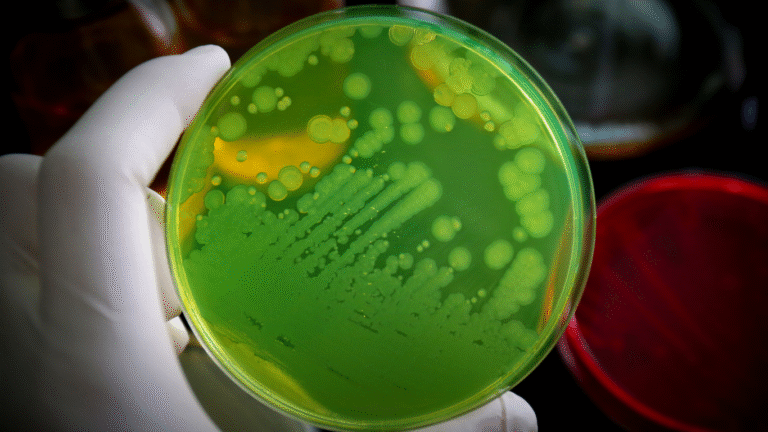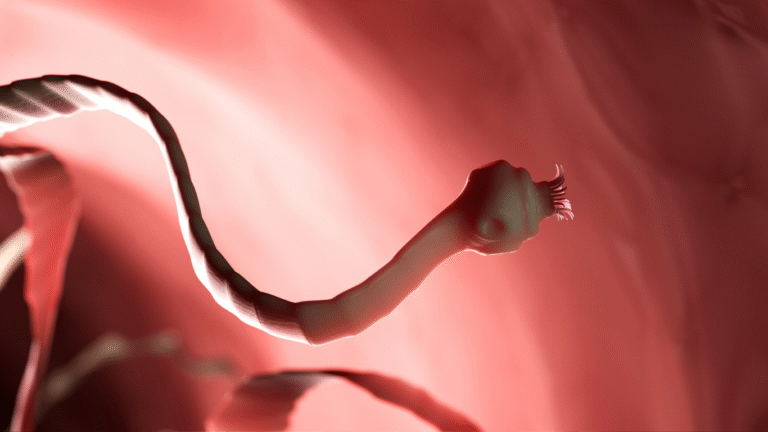Step inside the life of Neisseria gonorrhoeae, the bacteria that causes gonorrhea. Discover how it infects, spreads, and why treatment is crucial.

The world is warm, damp, and full of life. Nestled inside the lining of a human’s reproductive tract, I–Neisseria gonorrhoeae–wake to another day in paradise. My walls are slick with moisture, my neighbors are other microbes, and nutrients float by like breakfast delivered on a silver platter. For me and my countless relatives, this is more than a home—it’s the perfect environment to thrive. Each day, we divide, multiply, and spread, turning a few invisible cells into a rapidly growing colony. Unlike humans, who take years to raise families, we can double in number in mere hours.
I’ve lived in this place for days now, multiplying without interruption. My kind never wastes time. We reproduce fast, dividing into two, then four, then thousands. But while life here seems effortless, the human body is always watching, and its defenses are ready. This paradise can turn hostile in an instant. According to the Centers for Disease Control and Prevention (CDC), gonorrhea is a sexually transmitted infection that thrives in warm, moist areas of the body, such as the cervix, urethra, throat, and rectum. Each new human encounter is a chance for us to spread and begin again in a new host. For me, every handshake of intimacy between humans feels like an open door.
At first, I stay quiet. Silence is survival. The immune system patrols constantly, sending out white blood cells designed to spot and destroy microbes like me. But I am no ordinary invader. I have learned to disguise myself, changing my surface proteins so that the body struggles to recognize me. Scientists at the National Institutes of Health (NIH) describe this as antigenic variation, a trick that allows us to play hide-and-seek inside the human body. My disguise makes me slippery, elusive, and difficult to capture.
With stealth on my side, I begin my next move. Using thin, hair-like structures called pili, I reach out and latch onto the cells of the urethra. These pili act like grappling hooks, pulling me tightly against the surface so I cannot be washed away. Once attached, I sneak inside the cells themselves. Hiding within the body’s own defenses gives me the perfect shelter, a place to multiply unseen. The human, however, starts to feel the effects. Burning during urination, unusual discharge, and sometimes pain appear as early signs of my invasion. But not every person notices me. The Mayo Clinic notes that many infected women show no early symptoms at all, allowing me to spread quietly, without resistance. This silence is my greatest weapon, buying me time to grow.
Now that I have gained a foothold, life becomes busy. Each of my clones divides again, creating thousands of offspring. Together, we begin to spread across the mucous membranes, causing inflammation and irritation. In men, this can mean painful swelling of the urethra. In women, I am more ambitious. I can move higher, slipping past the cervix and into the fallopian tubes. There, my presence causes a chain reaction of damage. As a result, some humans develop pelvic inflammatory disease, or PID, a serious condition that can lead to chronic pain and even infertility if untreated. The CDC warns that PID is one of the most serious complications of gonorrhea, silently robbing women of the ability to have children.
But my reach does not stop there. If ignored long enough, I can travel into the bloodstream. Once in circulation, I can move far beyond my original home, infecting joints, causing arthritis, or creating painful skin lesions. This rare but dangerous condition is known as disseminated gonococcal infection. Most humans never imagine that a tiny bacterium living in their reproductive tract could spread to their bones and skin, but for me, it is simply another opportunity to expand.
Meanwhile, my ability to adapt makes me especially challenging to fight. Humans have long tried to kill me with antibiotics, and at first, they succeeded. Penicillin once wiped out colonies like mine with ease. But my ancestors learned how to resist, evolving defenses against nearly every drug thrown at us. Today, only one reliable treatment remains: an injection of ceftriaxone. According to the CDC, gonorrhea has grown resistant to nearly every antibiotic used against it, making me one of the most dangerous examples of antibiotic resistance in the modern world. The thought makes me proud, but it also means that when treatment does come, it hits hard.
One day, the tide begins to turn. My quiet existence is shattered by a wave of white blood cells rushing in. They release chemicals designed to kill me, surrounding my colony and swallowing up my relatives. The battlefield inside the body grows intense, pus forming as proof of the immune system’s attack. At first, we fight back, holding our ground. But then, something stronger arrives. The human has sought help, visiting a clinic and receiving antibiotics. Suddenly, the medicine floods the tissues around me. The drug is designed to target bacteria like me, punching holes in my defenses. Some of my cousins resist, but the numbers dwindle quickly. One by one, we weaken, falter, and die.
As the last of my colony fades, I realize my journey is over. My life began in the comfort of a warm, nutrient-rich home, grew into a hidden invasion, and ended in a war I could not win. For me, it ends here, but countless cousins still exist in other humans, waiting for their chance to spread silently from one body to another.
This is the truth about gonorrhea: it spreads quietly, harms deeply, and adapts quickly. However, humans hold the advantage when they act. Regular testing, safe sexual practices, and early treatment prevent me from taking hold. The CDC recommends using condoms consistently, limiting the number of sexual partners, and getting tested regularly, especially for those who are sexually active with new or multiple partners. These simple steps make the difference between a short-lived infection and a lifetime of complications. If symptoms appear–burning during urination, discharge, or pelvic pain—seeking medical care immediately can stop my spread and protect not only the individual but also their partners.
And so, my story becomes a warning. While Neisseria gonorrhoeae may try to outsmart the human body, knowledge, prevention, and timely care always win in the end. Humans have the tools to protect themselves, and when they use them wisely, bacteria like me are left with no place to hide.




